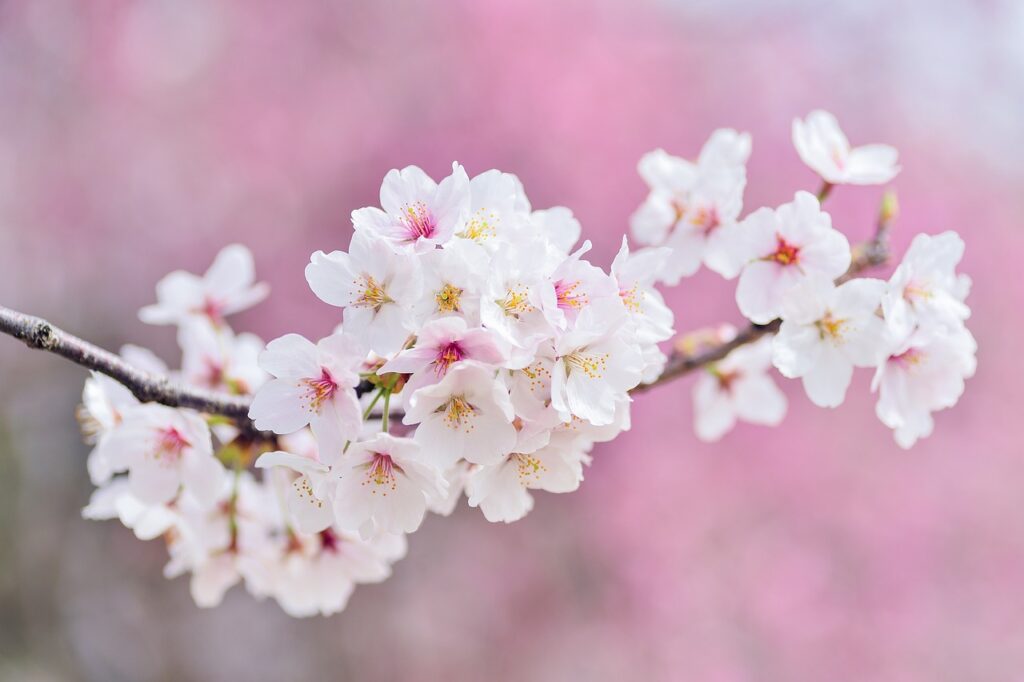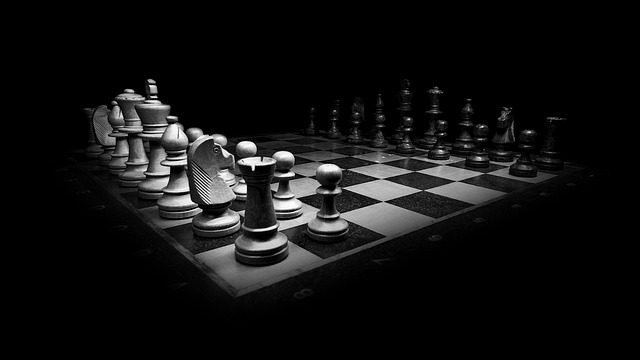synopsis of still life louise penny
The tranquil Quebec village of Three Pines is ruptured when Jane Neal, a retired teacher and hobbyist painter, is discovered dead in the woods, felled by an arrow. The murder feels as out of place as it is shocking. Was it a tragic hunting accident? Or something far more deliberate?
Cheif Inspector Armand Gamache arrives from the Sûreté du Québec, his method marked by humility and close listening. Gamache’s staff is skeptical of the locals’ innocence; villagers, in turn, are wary of the outside intervention. But Gamache’s technique is quiet rigor: he observes, listens, lets others fill silences. With each chapter, his approach draws out secrets no one else notices.
A disciplined synopsis of still life louise penny highlights the drawing together of Jane’s friends and neighbors—Clara, an aspiring artist with doubts; Ruth, a sharptongued poet; Olivier Brulé, the bistro owner; and others, each coping with Jane’s loss in their own way. Suspicions and grudges surface: inheritance, jealousy over Jane’s lateinlife artistic “discovery,” and perhaps secrets hidden in her last painting.
Jane’s most recent still life is key evidence. Gamache and his team pore over it, noting its apparent simplicity but also odd details—a sign that Jane’s painting may contain coded confessions, or perhaps, inadvertent proof of trouble. From chapter to chapter, the painting’s relevance is layered: it’s both a literal clue and a symbolic echo of village tensions.
The investigation zeroes in on routine: who saw Jane last, aftermaths of neighborhood feuds, the village’s reaction to Jane’s decision to exhibit her work. Social rituals—meals, church, walks—are scrutinized for anomalies. Every summary of still life louise penny must track Gamache’s slow tightening of the suspect pool, aided by small, revealing mistakes (a misplaced brush, a misremembered timeline, a tooquick reassurance).
The solution comes not from a grand reveal, but from cumulative, disciplined inquiry. The perpetrator is unmasked not by a clever trick, but by the compounding of motive—property, secrecy, and deepseated wounds. Gamache’s triumph is empathy: he reads motive as carefully as evidence, seeing both the killer and the village as casualties of their own history.
A thoughtful synopsis of still life louise penny ends with attention to aftermath. Three Pines is changed: Jane’s legacy is both her art and the questions she leaves behind. The village starts to heal, with Gamache’s visit as catalyst for a slow rebuilding of trust.
What Sets Gamache Apart
Gamache is not a caricature. He’s defined by:
Relentless observation Slow, respectful interviews Use of silence as a tool Refusal to jump to the obvious
Penny’s discipline in characterizing her inspector is echoed in every clue, conversation, and plot turn.
Village as Ecosystem
Three Pines is a microcosm of secrets, rivalries, and loyalties:
Every character, from artist to poet to property agent, has a plausible motive. Art functions as both pride and pain—Jane’s still life both divides and connects.
The village, like a still life, is a carefully arranged collection; move one piece, and the whole composition falters.
Themes
Healing and wounds: The murder isn’t just solved—it’s understood as a consequence of pain, not isolated malice. Discipline over flash: Gamache models investigation as patience and deduction, not speed or brute force. Art and truth: What Jane paints, and what the village hides, are recognizably human—ambivalent, complex, and rarely as they first appear.
For Writers and Readers
Focus on method: build clues, secrets, and routines with discipline. Allow your detective the latitude to fail, learn, and connect. Treat place as character—Three Pines defines every action.
A strong synopsis of still life louise penny underlines these lessons.
Final Thoughts
Mystery novels endure when they are more than puzzles; when detection is not glib, and closure is a process, not a onetime event. Still Life is a study in all these virtues. A disciplined synopsis of still life louise penny lays out a blueprint for crime, community, and recovery: clues, character, and place fused together in a story that, once finished, keeps asking questions long after the last page.





